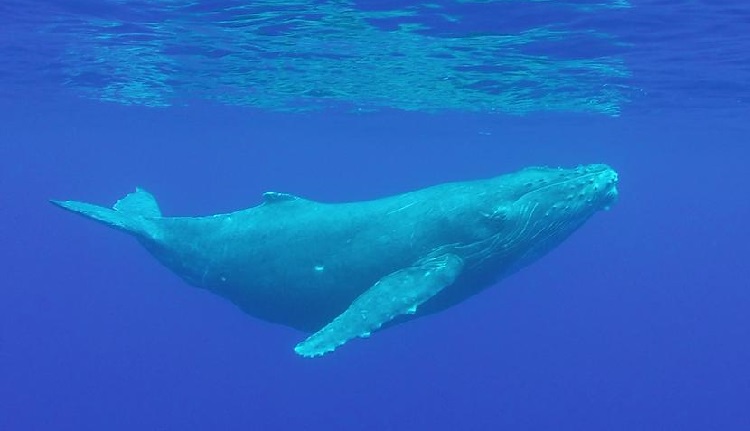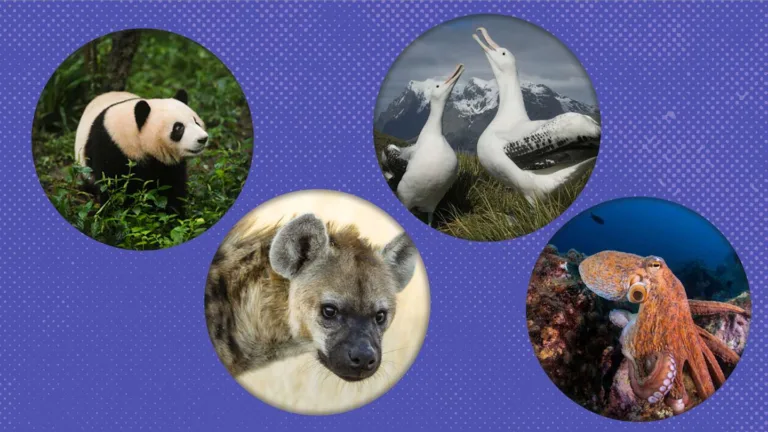Moving massive creatures like whales across vast distances is a complex undertaking that requires meticulous planning and specialized expertise. Imagine the logistical challenges of transporting an animal weighing up to 40 tons! It’s not as simple as throwing a whale in a truck and Driving Off.
The world of marine mammal transportation involves a delicate balance of ensuring the animal’s well-being while navigating practical constraints like distance, Environmental Conditions, and legal regulations. Aquariums, zoos, and research institutions often collaborate with private companies or government agencies to Handle These Intricate Operations. Understanding how to transport a whale involves exploring various methods tailored to different species and situations.
Let’s delve into the fascinating world of marine mammal transportation, examining the techniques employed and the considerations that shape this extraordinary process. From specialized trailers to custom-Designed Aircraft, we’ll uncover the intricate steps involved in safely relocating these magnificent creatures Across Continents.
Methods of Whale Transport
When it comes to moving whales, there are two primary methods employed: wet transit and dry transit. Wet transit involves keeping the animal in a large tank of water, essentially replicating its natural environment as Closely As Possible. This method is suitable for both fish and marine mammals and allows them to move freely within a Controlled Space.
Dry transit, on the other hand, is primarily used for larger marine Mammals Like Whales. In this method, the animal is carefully secured in a padded sling designed to minimize stress and discomfort. Throughout the transport process, a team of skilled professionals monitors the whale’s vital signs and ensures it remains calm, wet, and cool. This method often involves specialized trailers or trucks equipped with climate control systems to maintain optimal conditions for the journey.
 Fun Facts About Ankylosaurus: Armored Dinosaur Secrets
Fun Facts About Ankylosaurus: Armored Dinosaur SecretsThe choice between wet and dry transit depends on various factors, including the size and species of the whale, the distance it needs to be transported, and the available resources.
Wet vs. Dry Transit
Choosing the right method for transporting a whale depends heavily on its size and individual needs. Wet transit, As We Discussed, involves keeping the animal submerged in a large tank of water throughout the journey. This method is ideal for smaller whales or those who are more Accustomed To Swimming Long Distances. Imagine a gentle rocking motion as the whale glides through the water, surrounded by familiar sensations.
Dry transit, on the other hand, is typically reserved for larger whales due to logistical challenges associated with transporting such massive creatures in water. This method involves carefully securing the whale in a padded sling and Keeping It Calm, wet, and cool with human assistance. Think of it as a specialized cradle designed to minimize stress and ensure the whale’s comfort during the journey.
Ultimately, the decision between Wet Vs. Dry Transit is made on a case-by-Case Basis, considering the specific needs of the whale, the distance involved, and the available resources.
Case Study: SeaWorld San Diego’s J.j. Release
One compelling example of whale transportation is the release of J.J., a 31-Foot Gray Whale Weighing 19,200 pounds by Seaworld San Diego in 2010. This remarkable event highlighted the complexities of how to transport a whale Safely Over Long Distances. Due to J.J.’s immense size and the logistical challenges associated with transporting such a large animal in water, dry transit was deemed the most Suitable Method.
A team of skilled professionals carefully secured J.J. in a specialized padded sling designed to minimize stress and discomfort. Throughout the journey, they meticulously monitored his vital signs and ensured he remained calm and hydrated. The release itself was a carefully Orchestrated Event, involving multiple agencies and a dedicated team working tirelessly to ensure J.J.’s successful return to the open ocean.
J.J.’s story serves as a powerful reminder of the dedication and expertise required to transport these magnificent creatures responsibly.
Transportation Logistics and Challenges
Transporting large marine animals like whales presents a unique set of logistical challenges that demand meticulous planning and coordination.
Distance is a key factor, often requiring specialized transportation methods and permits for traversing state lines or International Borders. Weather conditions can also pose significant obstacles, impacting travel schedules and necessitating careful monitoring to ensure the animal’s safety and well-being. Finding suitable facilities along the route, equipped to handle these massive creatures, adds another layer of complexity.
The sheer size and weight of Whales Necessitate Specialized Equipment Like custom-Designed Trailers, cranes, and even aircraft modifications for air transport. Securing permits, Navigating Legal Regulations, and coordinating with multiple agencies are all integral parts of ensuring a successful and ethical transportation journey.
Shipping Marine Life Across Borders
When it comes to moving marine Animals Across International Borders, the stakes are even higher. Regulations become more complex, Requiring Meticulous Documentation, Health Certificates, and adherence to strict quarantine protocols. Each country often has its own set of rules governing the import and export of wildlife, adding another layer of complexity to the already intricate process.
Imagine coordinating permits with multiple government Agencies Across Different Countries, ensuring all paperwork is in order, and navigating potential language barriers. It’s a testament to the dedication and expertise involved in Shipping Marine Life Across Borders responsibly.
International transport often involves specialized vessels equipped to handle the unique needs of various species. The welfare of the animals remains paramount, with careful consideration given to factors Like Water Quality, Temperature Regulation, and enrichment activities during transit.










